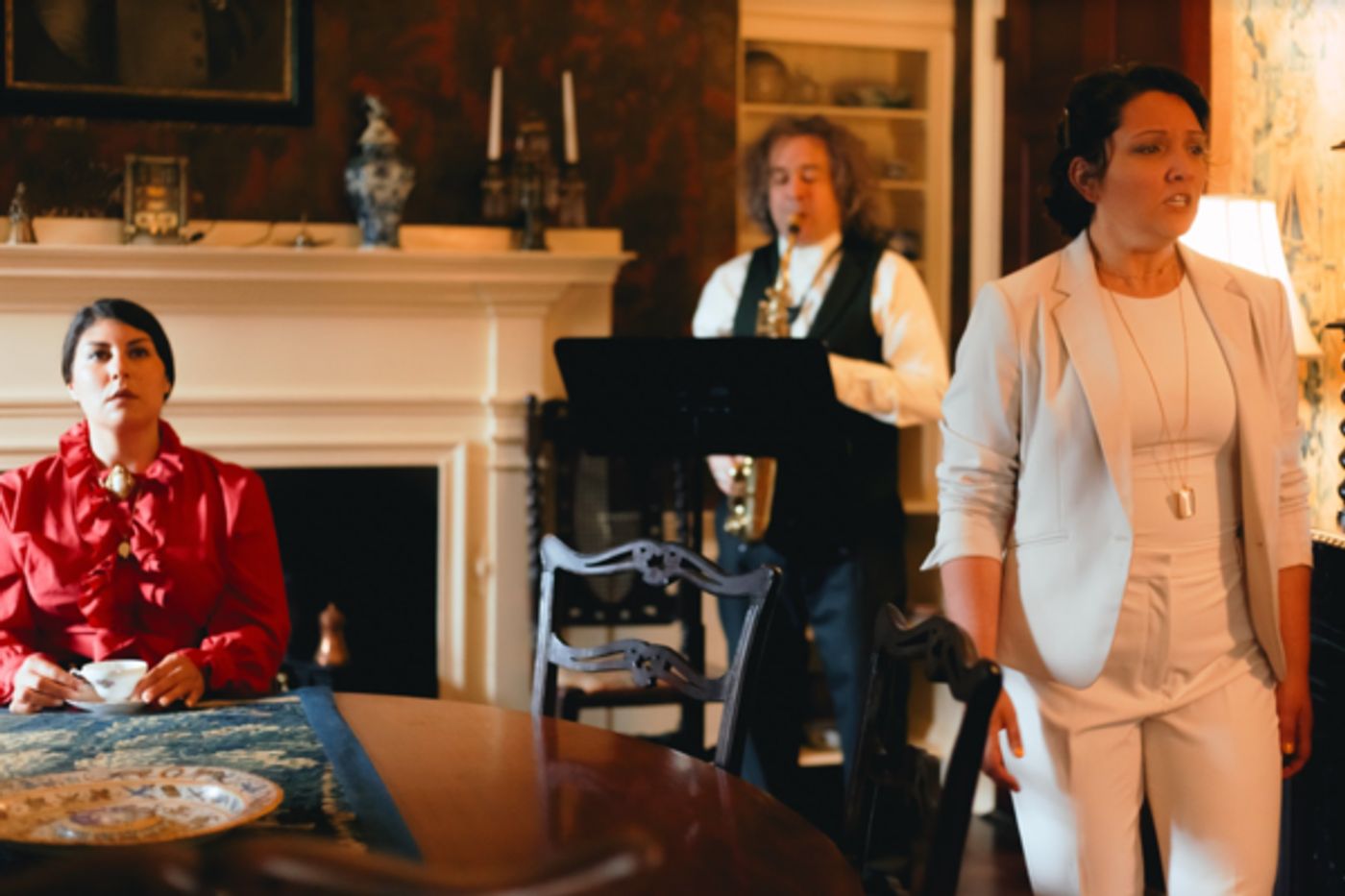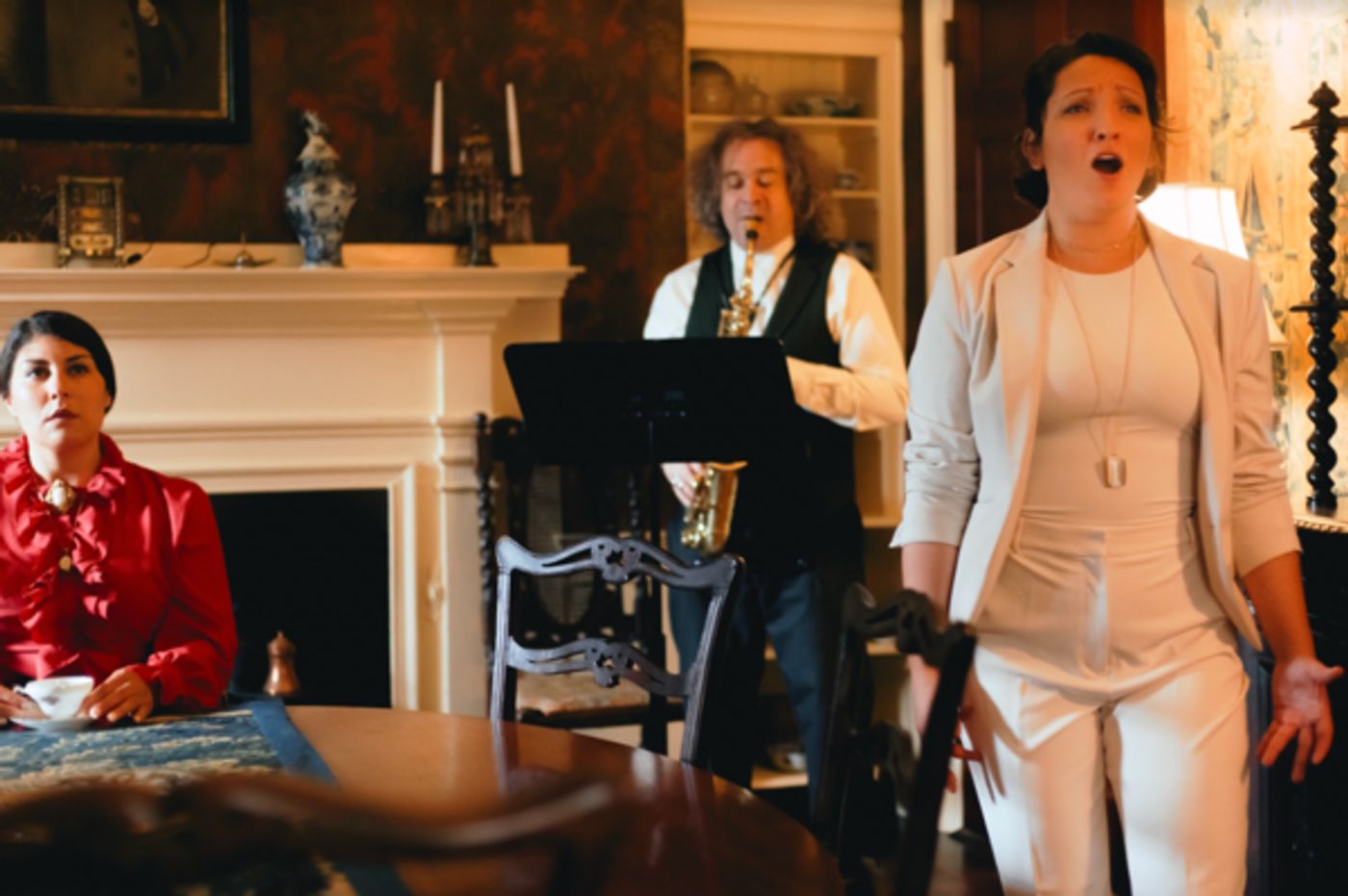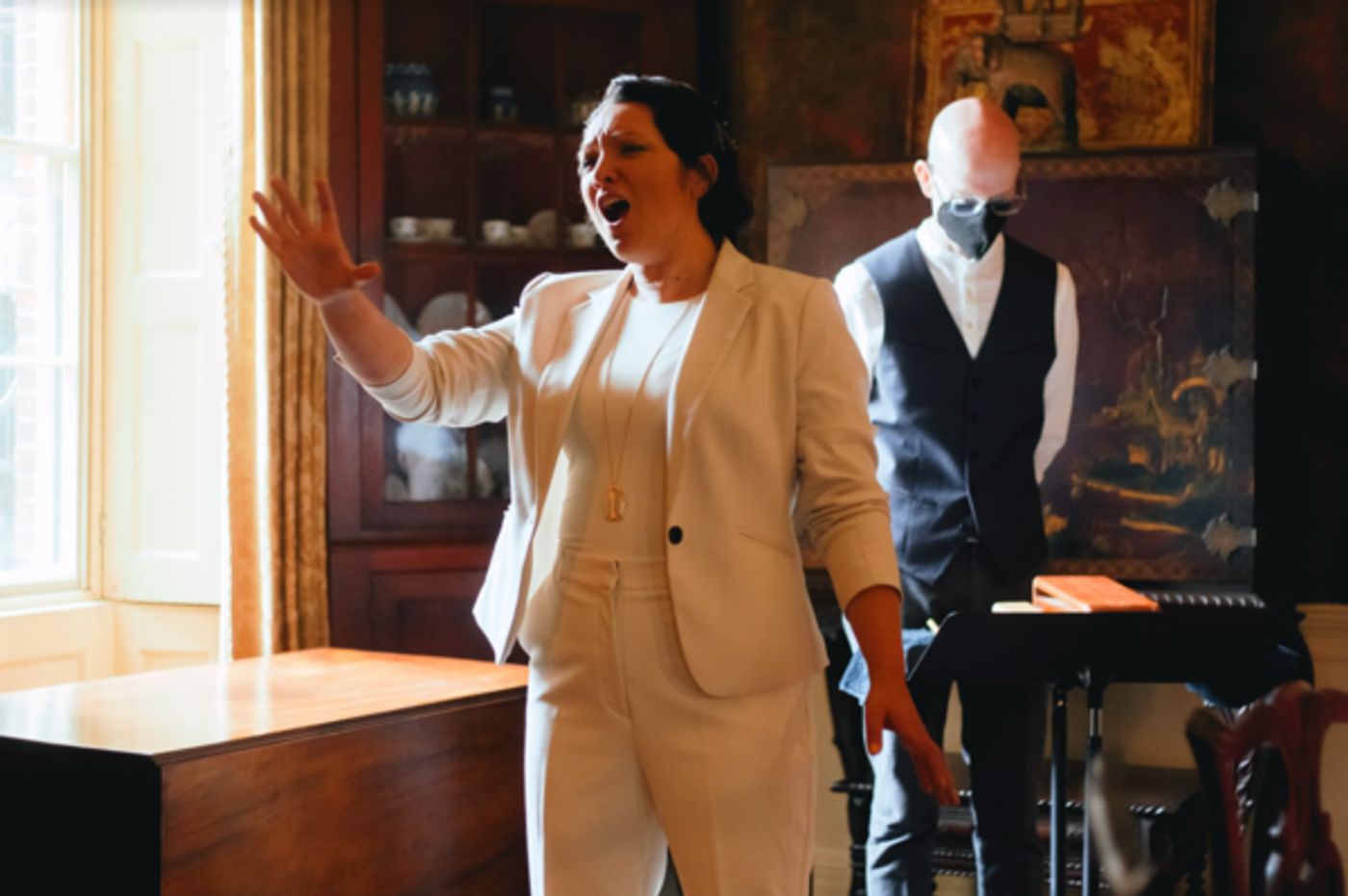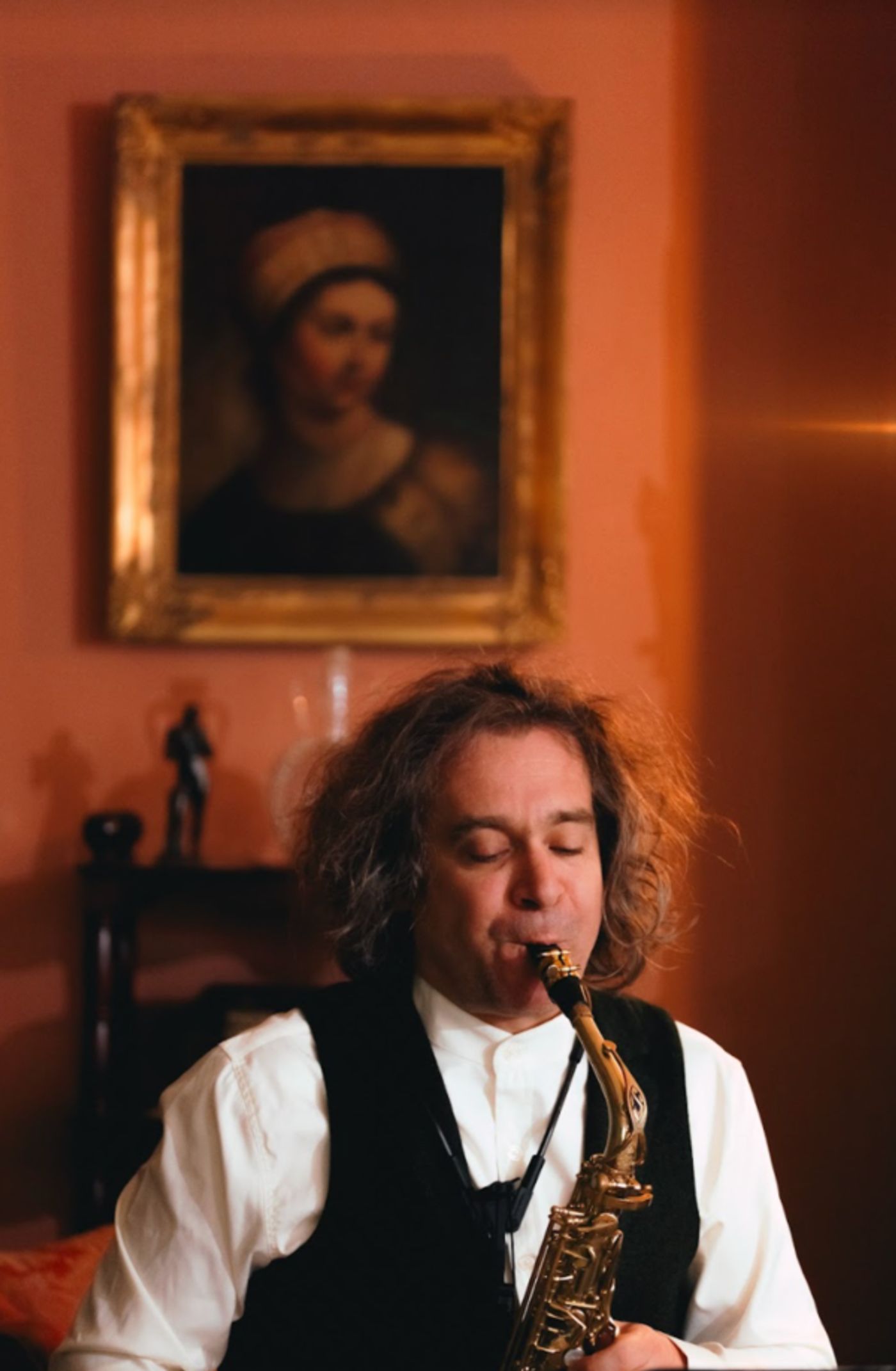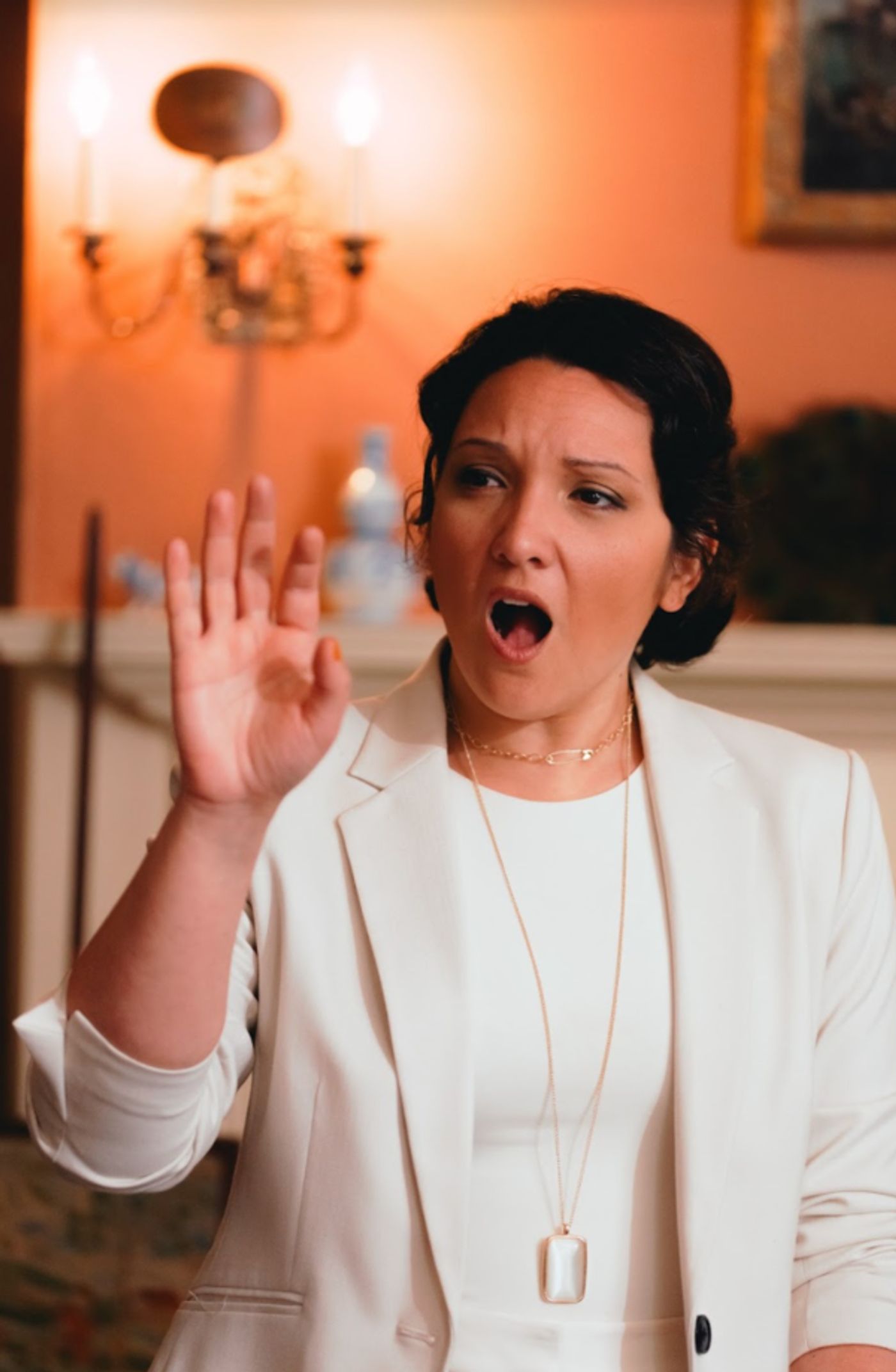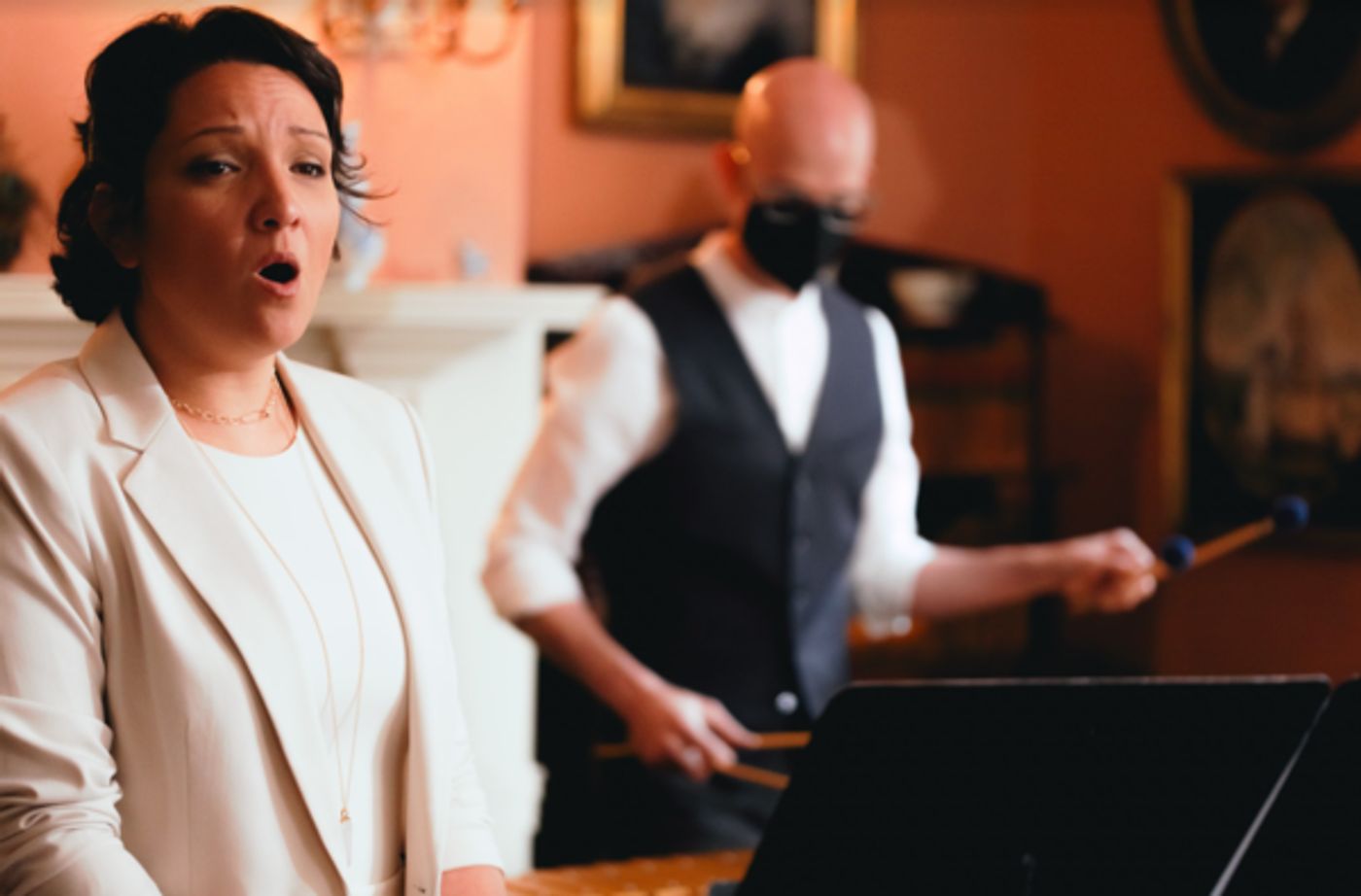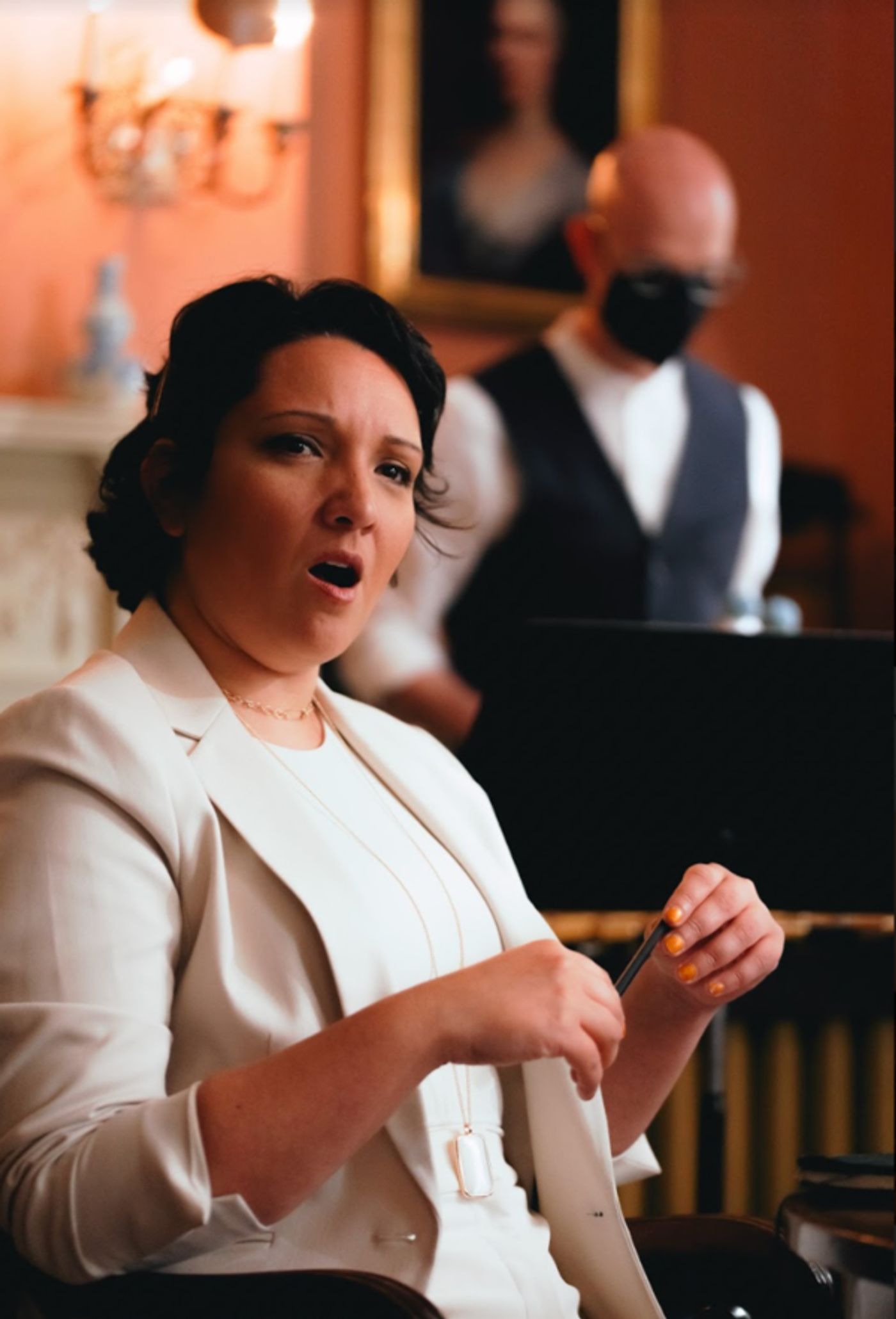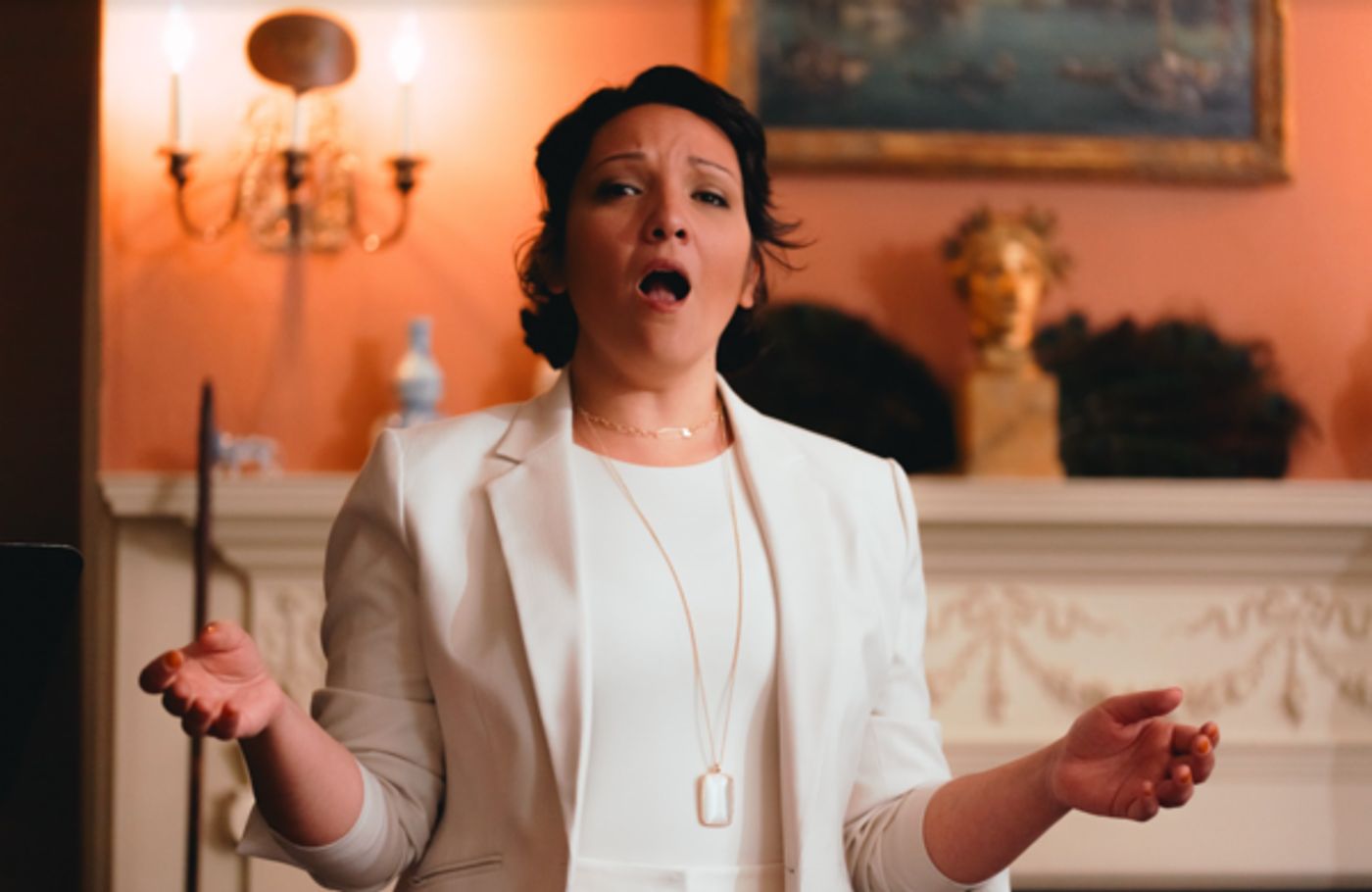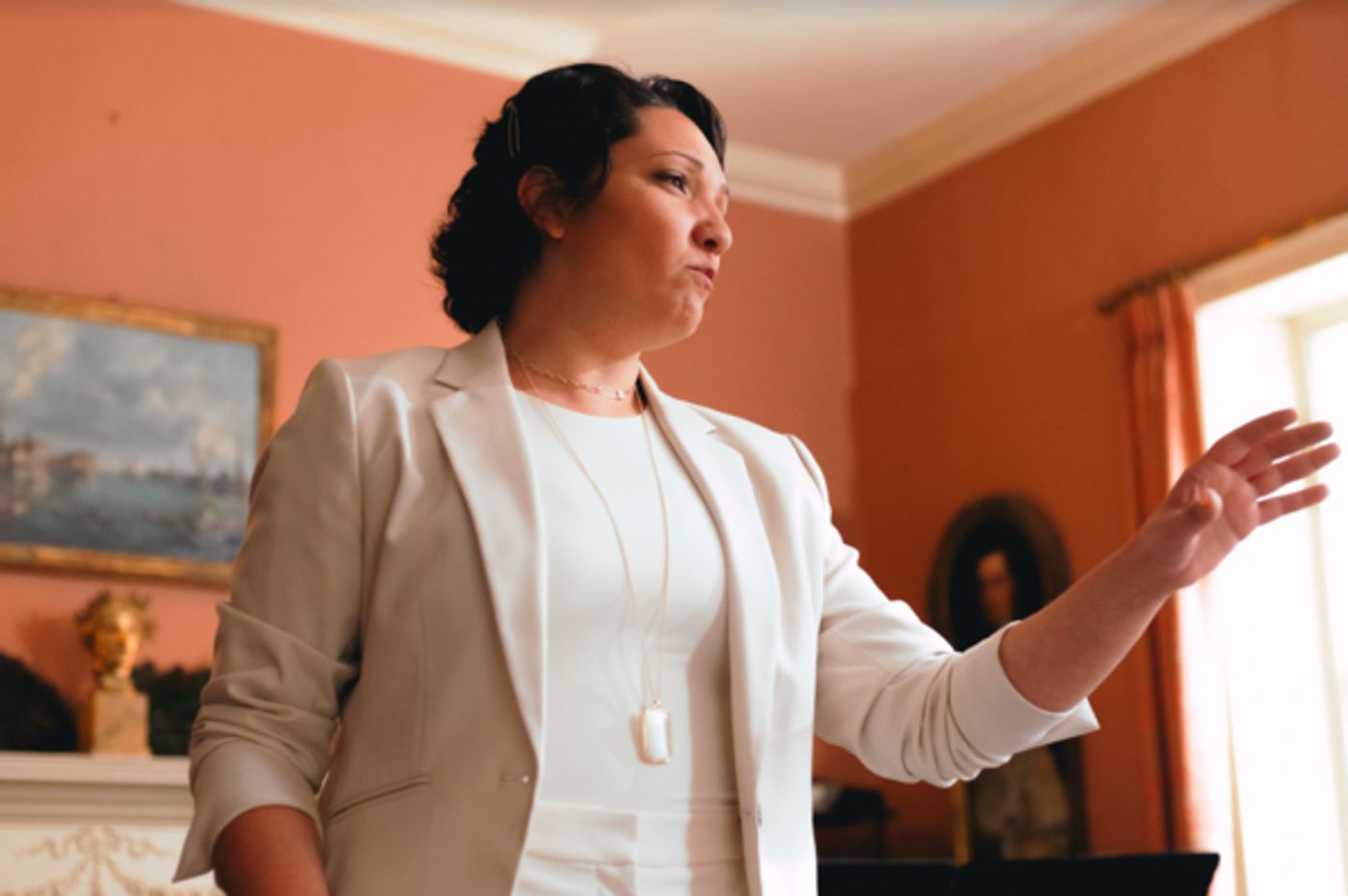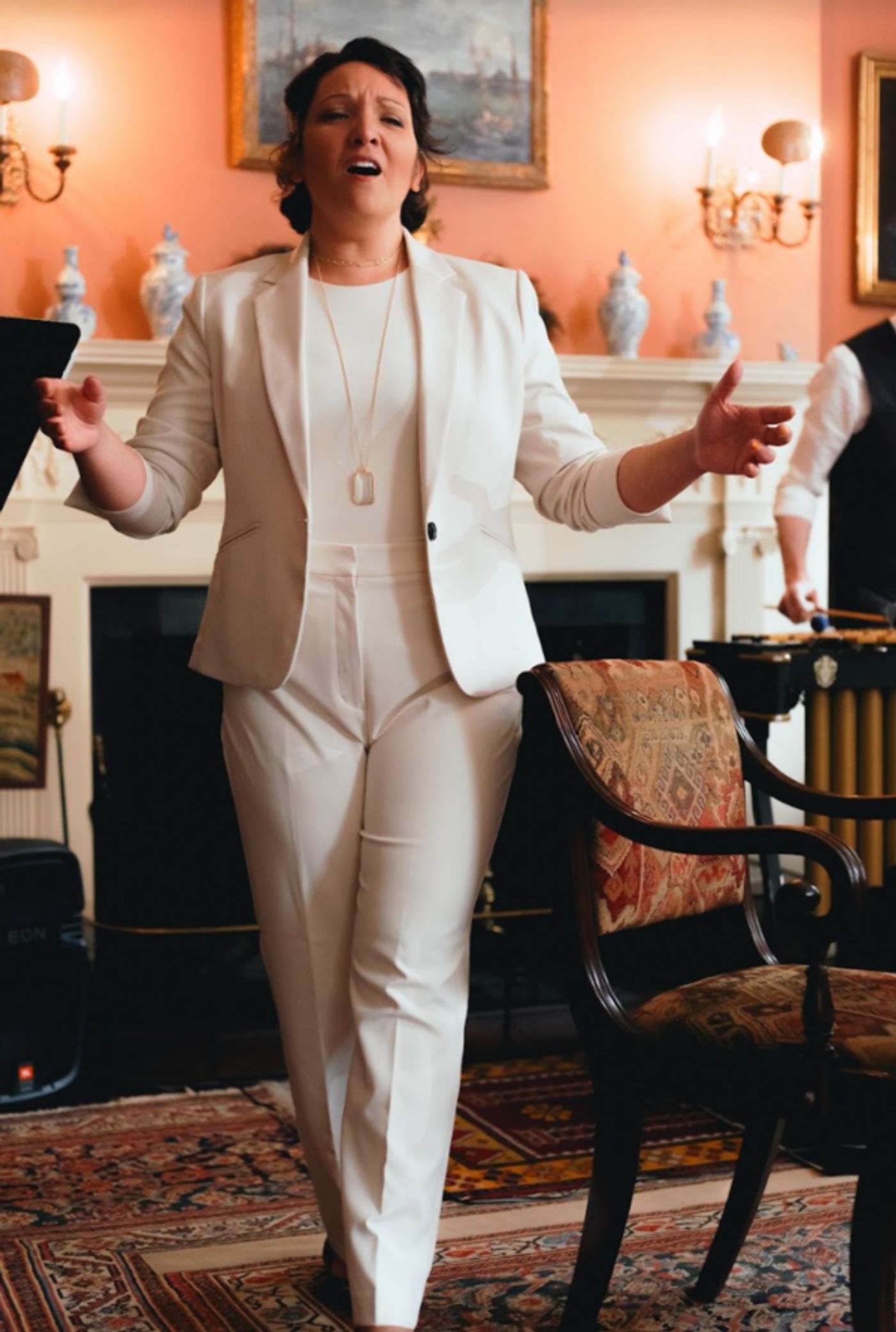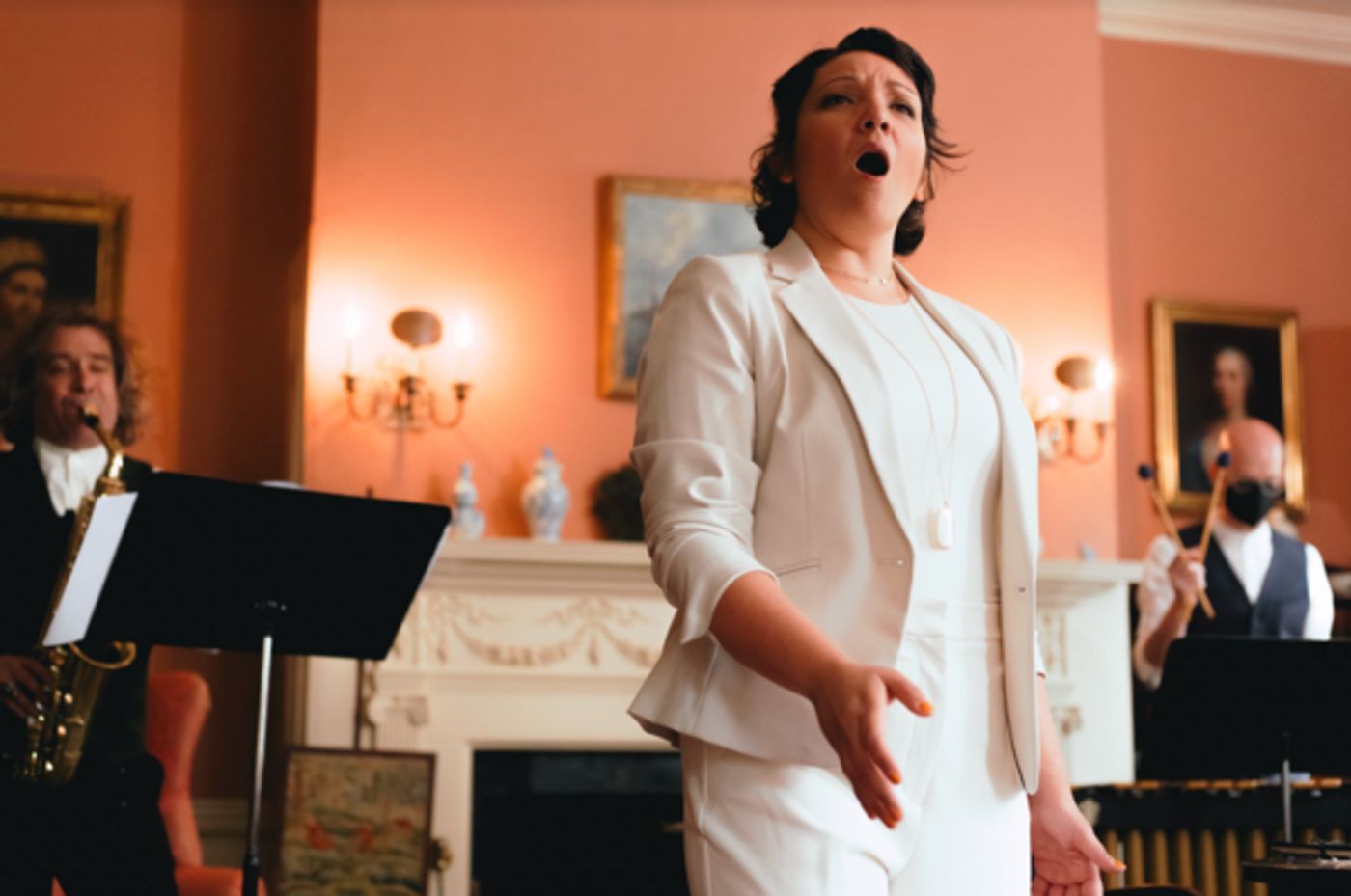Guerilla Opera is a BIPOC and feminist organization, Boston's only experimental chamber opera ensemble, and one of only a few in the world who focus exclusively on presenting new works. One of Boston's most exciting young companies creating brave new works and founded in 2007, the ensemble has accumulated a repertoire of over 40 new works by the most exciting composers of our generation. In daring performances, they have garnered a national reputation for innovative contemporary opera, with The Boston Globe raving that "radical exploration remains the cornerstone of everything it does."
This artist-led ensemble wields a mission to develop new experimental works custom-tailored to their ensemble of artists. With the goal to confront, examine, and question they champion cutting-edge music, immerse audiences in profound experiences, and are a model for creative authenticity and inclusion, diversity, equity, and accessibility (IDEA) in order to inspire, influence and amplify emerging generations of artists.
Their vision is to generate a unique body of work that ferociously confronts the status quo, eschews antiquated and stereotypical traditions of the art form of opera, examines stories through culturally focused and contemporary lenses, and brings new music to new audiences. (guerillaopera.org)
ABOUT THE NICHOLS HOUSE MUSEUM
The Nichols House Museum preserves and interprets the home of landscape gardener, suffragist, and pacifist Rose Standish Nichols and her family. In 1885, Dr. Arthur Nichols and his wife Elizabeth purchased an 1804 townhouse attributed to architect Charles Bulfinch. The house was where their three daughters matured into designers, writers, and social activists. In 1930, Rose Standish Nichols (1872-1960) inherited the property and began laying the plans for its establishment as a museum. Soon after her death in 1960, the Nichols House Museum opened to the public.
The Nichols family home and its original art and furnishings provide a glimpse into life on historic Beacon Hill from the mid-19th to mid-20th century. Highlights include sculpture by Augustus Saint-Gaudens, Flemish tapestries, Japanese woodblock prints, and Boston furniture. Visitors also encounter day-to-day objects including an 1897 dumbwaiter and a 1936 radio. The Museum welcomes virtual and in-person visitors for tours, programs, and special events. |
